The Article
Bronze 100 Speakers From Monitor Audio
17th December 2021
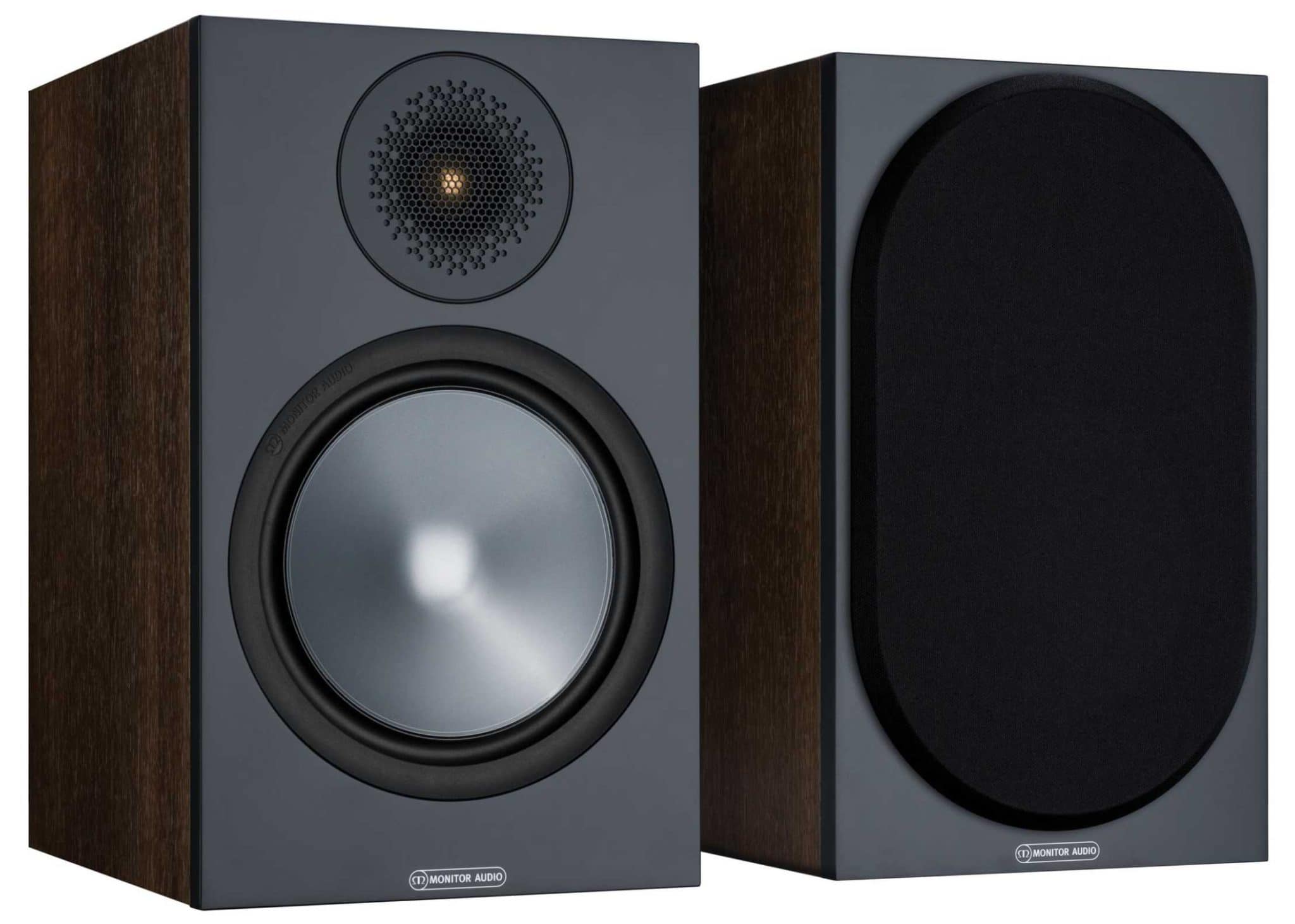
In the market for a pair of budget speakers but looking for something…a little more? Paul Rigby embraces the generously proportioned Bronze 100s
Back in March of this year (2021) I reviewed a pair of speakers from Monitor Audio, the budget-level Bronze 50s. After that review, I had a few readers wondering what a step up to the next level would bring. Was there any point in moving up a rung in the design ladder from the 50s to the Bronze 100 speakers? Oddly enough, when I reviewed the budget designs, the Wharefedale 12.1 speaker’s back in July, I had the same sort of response, for that line of speakers.
So, this review is partly an independent review of the Bronze 100 speakers in and of themselves but it’s also an investigation. What happens when you move up from the bottom of the speaker range and you lift yourself to rung number two. What happens? Are the sonic results worth the extra cash spent?
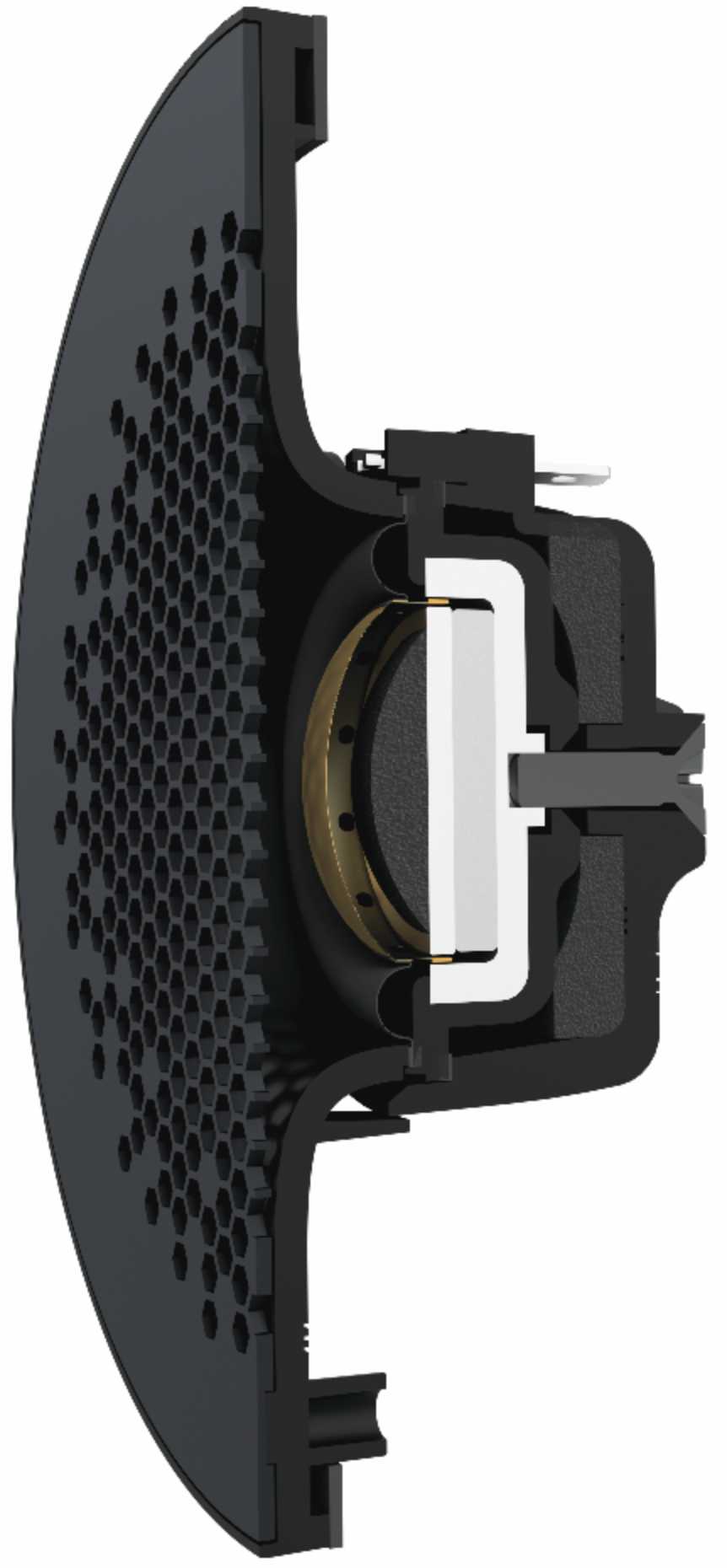
That’s what I’ll be doing here, looking at the Bronze 100 speakers and its lower cost sibling, the Bronze 50s but also other speakers, a pair of budget speakers from Wharefedale that has a different design aesthetic, a pair of Q Acoustic 3030i speakers that are sized and priced around the same sort of levels to the Bronze 100s and I’ll also be looking at the Martin Logan 5i speaker’s to see what speakers at twice the price give you and whether these speakers, smaller in stature as they are, give you that much more than the Bronze 100s.
As for the 2-way Bronze 100s, themselves? They arrive with a five year Warranty and a choice of four finishes: white, Walnut, Urban grey and black.
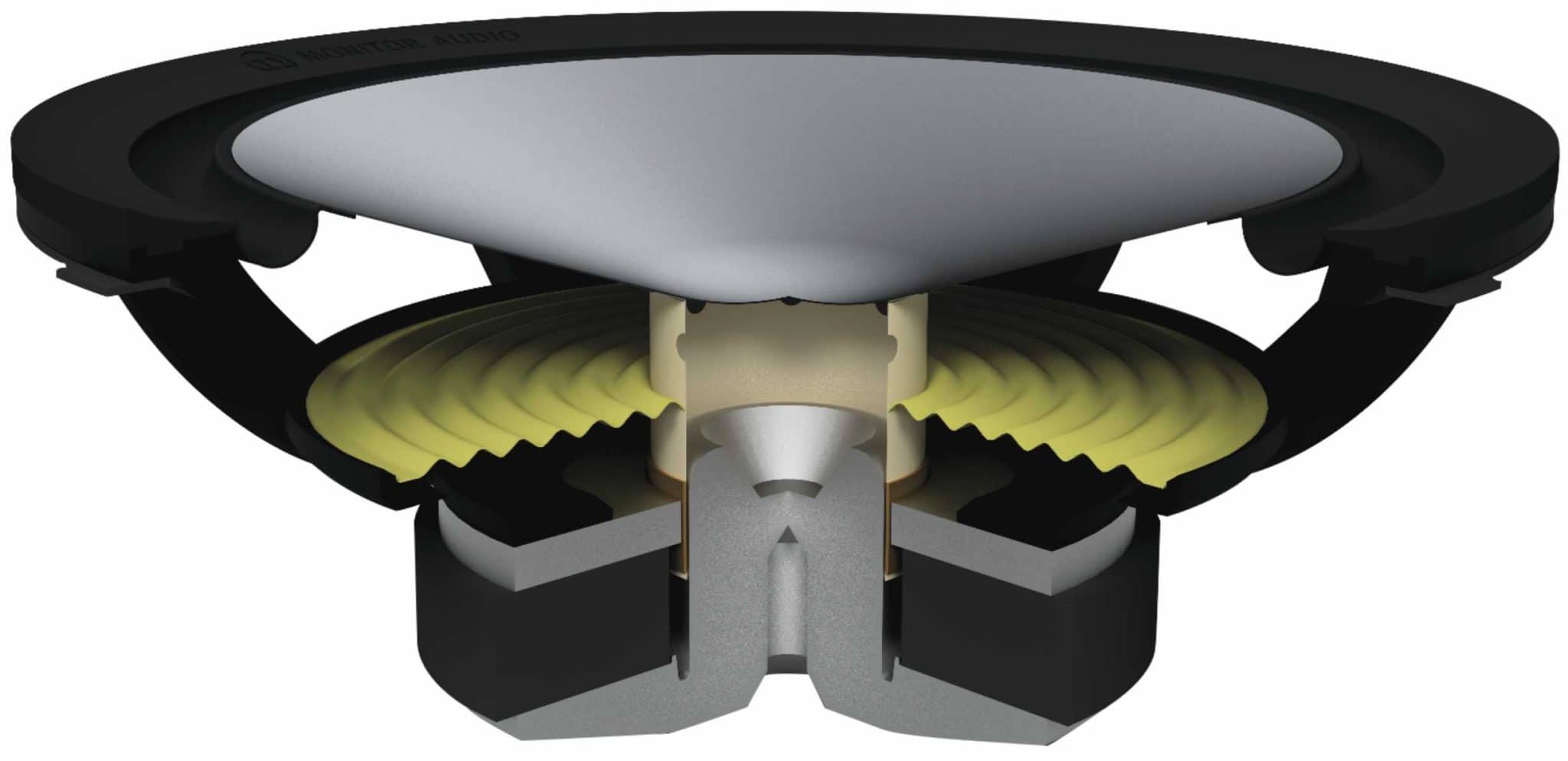
The newly designed 203mm C-CAM mid-bass drivers feature updated cone geometries and Damped Concentric Mode (DCM) technology.
The speakers sit within a 15mm MDF chassis and feature a 25mm C-CAM gold dome tweeter featuring the company’s new ‘Uniform Dispersion (UD) waveguide’. The unit includes increased bracing strength and driver/baffle de-coupling.
Cabinet bracing has also been updated which apparently reduce unwanted vibration through the cabinet walls. Inside, you’ll find the new crossover using bespoke polyester film and electrolytic capacitors, air-core and, says the company, low-loss laminated steel-core inductors. Around the back is a HiVe II rear port.
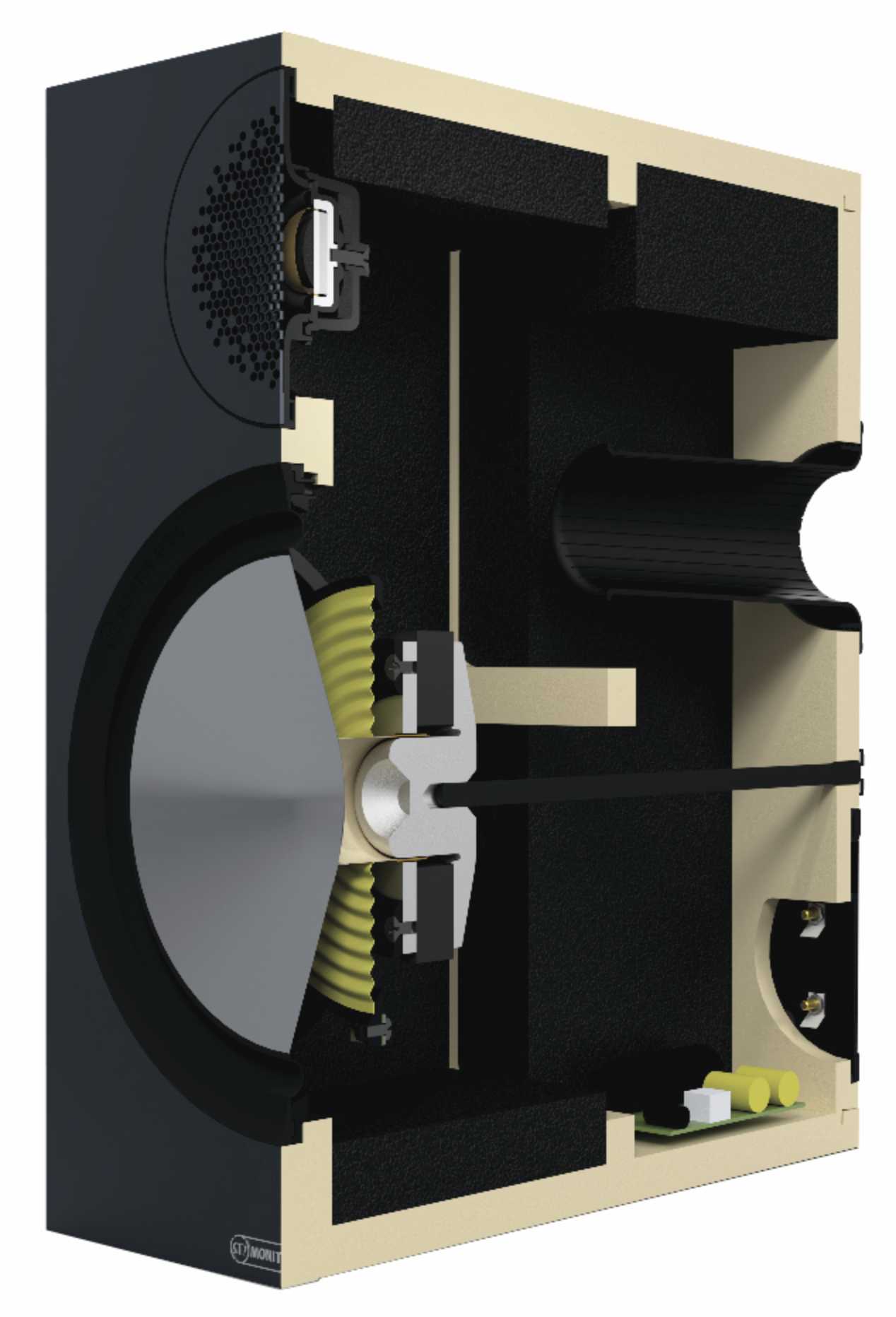
Pureflow silver-plated oxygen-free copper internal cabling are connected to gold-plated bi-wire terminals and bespoke grilles.
Spanning 376 x 231 x 325mm, these 8 Ohm speakers weigh in at 7.8kg. At 87db you’re looking at a powering it with an amplifier of 30W or higher.
SOUND QUALITY
As an initial source I tried vinyl and Gryphon’s self-titled 1973 folk album on the Transatlantic packed, as it is, with a gamut of organic instruments from the bassoon, mandolins, crumhorns, recorders, drums, keyboards, guitars and more. Oh an vocals. I listened to both Kemp’s Jig, an instrumental and the vocal-lead Sir Gavin Grimbold and was assaulted by a frequency trifle. It was quite a set for the Bronze 100s. I initially compared the Bronzes with a pair of Q Acoustic 3010 speakers which were in the same general area in terms of size (well, broadly speaking) and price.
Vs Q Acoustic 3030i
To address the basics first, I was happy that the Bronze 100 speakers were well behaved. This is the foundation, the basics, as it where. Get this part wrong and you’re playing catch up from there on in. The Bronze 100s were consistent on a basic level with we structured bass, there was no blooming or booming here. The mids never barked or sounded at all edgy while the treble never tizzed or fizzed at the ear. A good start, then.
From that point on I heard the Bronze 100 speaker’s over arching personality. Which was this: tonal balance. Unlike some speaker designs I’ve heard in the past, the Bronze 100s took advantage of its relatively large – for its class – size. That is, it utilised bass to the full but never pushed it too far. And that was a critical aspect of the speaker’s performance which I’ll return to in a moment.
The tonal balance was a basic element to the Bronze 100. There were plenty of opportunities for these speakers to highlight the many midrange and treble details on offer here. The amount of detail spewing from these speakers was great indeed. Mandolins were light and sparkling, a harpsichord was both delicate yet complex while the recorder could have edged towards brightness but never did. The clarity was maintained as was transparency.
That bass never masked all of this information was a credit to the Bronze 100 design. What bass did, in fact was add bulk to those instruments that had it: guitars, keyboard-based instruments and more. Even vocals now and more from the chest rather than the throat only.
The 3030i speakers are excellent designs, offering remarkable detail and bass to boot but the Bronze 100 speakers had an extra level of balance that allowed the bass to take a fuller and more significant part in and around the soundstage. The sense of realism was heightened, therefore.
vs Bronze 50
And here, when you bring in a pair of Bronze 50 speakers, the next models down in terms of price and also in terms of size, you hear that reduction in mass and bulk. The music almost shrinks before your eyes and ears. The emotion was still there but its impact was less significant now because the speakers drew on a smaller well of information. It’s a bit like talking to something and gaining clues from their body language as to how they’re really feeling. The Bronze 50s provided fewer clues in emotional terms.
The Bronze 100 speakers added both strength but they also revealed more frailty when required because there was always the opportunity to provide a contrast between the strong and the weak. The Bronze 100 speakers, in other words, had a greater musical vocabulary to explain the music in basic terms. The 50s did a great job but they gave you more of an outline when compared to the 100s. The 100s entered into more depth.
The Bronze 50s, despite their own excellent presentation, don’t have the same tonal balance as the Bronze 100s. The latter added a certain presence to the music that the 50s struggled to generate.
vs Wharfedale 12.1
So if you had the relatively cheaper 12.1 speakers in mind for your system but you were at least contemplating the Bronze 100 speakers, what would the latter give you? If you would spend your budget on the Bronze 100 speakers, why might you even do that? What would be the attraction? What would be the reasoning behind that?
Despite the Wharefedale’s offer plenty of information and an excellent suite of detail, the Bronze 100 speakers created a larger soundstage to work from so there was more space for the instruments to work within which meant they felt a little less cramped. The 12.1 speakers didn’t feel cramped when you listened to them in isolation, I hasten to add but when compared to the Bronze 100s the 12.1s suddenly sounded a little constricted. The Bronze 100 speakers sounded bigger and bolder and tended to work with a bounce and a jump and their arms outstretched and full of the joys of Spring.
Then there was that extra bass. The lower end here added power and impact but also a larger and heavier foundation which gave the music a certain gravitas.
vs Martin Logan 15i
These speakers are in another class. They are twice the price and should walk all over the Bronze 100 speakers. Nevertheless, I wanted to see what you get for your money and how the smaller 15i designs coped with their constricted cabinets. Would the Bronze 100 speakers have an advantage in that area?
Remarkably, listening to the 15i speakers, you never felt the difference in cabinet size, the 15i speakers provided a large and open soundstage.
In terms of the nitty gritty, the 15i speakers provided a higher resolution sound when compared to the Bronze 100s. There was more focus, more precision and a greater sense of accuracy from the Martin Logans.
So yes, that price point mattered. The larger price meant a larger build budget, more opportunity to use better quality parts and more complex techniques. Nevertheless, what the Bronze 100 speakers showed here was that they walked the same path as the 15i speakers. The path of quality sounds, that is. They may have been a few steps behind the Martin Logans but the Bronze 100 speakers were on the right lines. You could see how throwing more money at the 100s would allow them to catch up to the Martin Logans.
CONCLUSION
The Bronze 100 speakers models maintain the quality of construction and sound from this Monitor Audio line but move the sound onwards in terms of maturity from the lower-cost Bronze 50s.
The Bronze 100s may have offered more in bass terms, as I stated above but that isn’t the highlight of these speakers. The highlight is how they integrate that extra bass into the soundstage. There are plenty of speakers out there that would take the extra bass and create a bass monster, a big boomy, beast that would have swamped upper frequency details. Not here.
And that’s the thing about the Bronze 100s, they offer a supreme tonal balance. So they give you great detail, a real midrange insight and a delicate treble response while integrating the bass into both as you might integrate a suite of Lego bricks: precisely, seamlessly and naturally. The Bronze 100 speakers produce music that fits well into the soundstage, giving you a simple and unpretentious yet highly effective sound response.
It continues to amaze me just how good modern budget speakers are these days. The Bronze 100 speakers, which might be viewed as being a step above that level, continues that quality. They offer neutrality and balance with plenty of detail yet there’s plenty of power in reserve. Highly recommended.
MONITOR AUDIO BRONZE 100 SPEAKERS
Price: £360
Website: monitoraudio.com
GOOD: tonal balance, integrated bass, midrange insight, fragile treble
BAD: nothing
RATING: 9
[Don’t forget to check out my Patreon Page at www.patreon.com/audiophileman, for exclusive postings, giveaways and more!]
REFERENCE
Rega RP1 turntable
Rega RP3 turntable
Speakers – see above
Tellurium Q cabling
Blue Horizon Professional Rack System
Harmonic Resolution Systems Noise Reduction Components


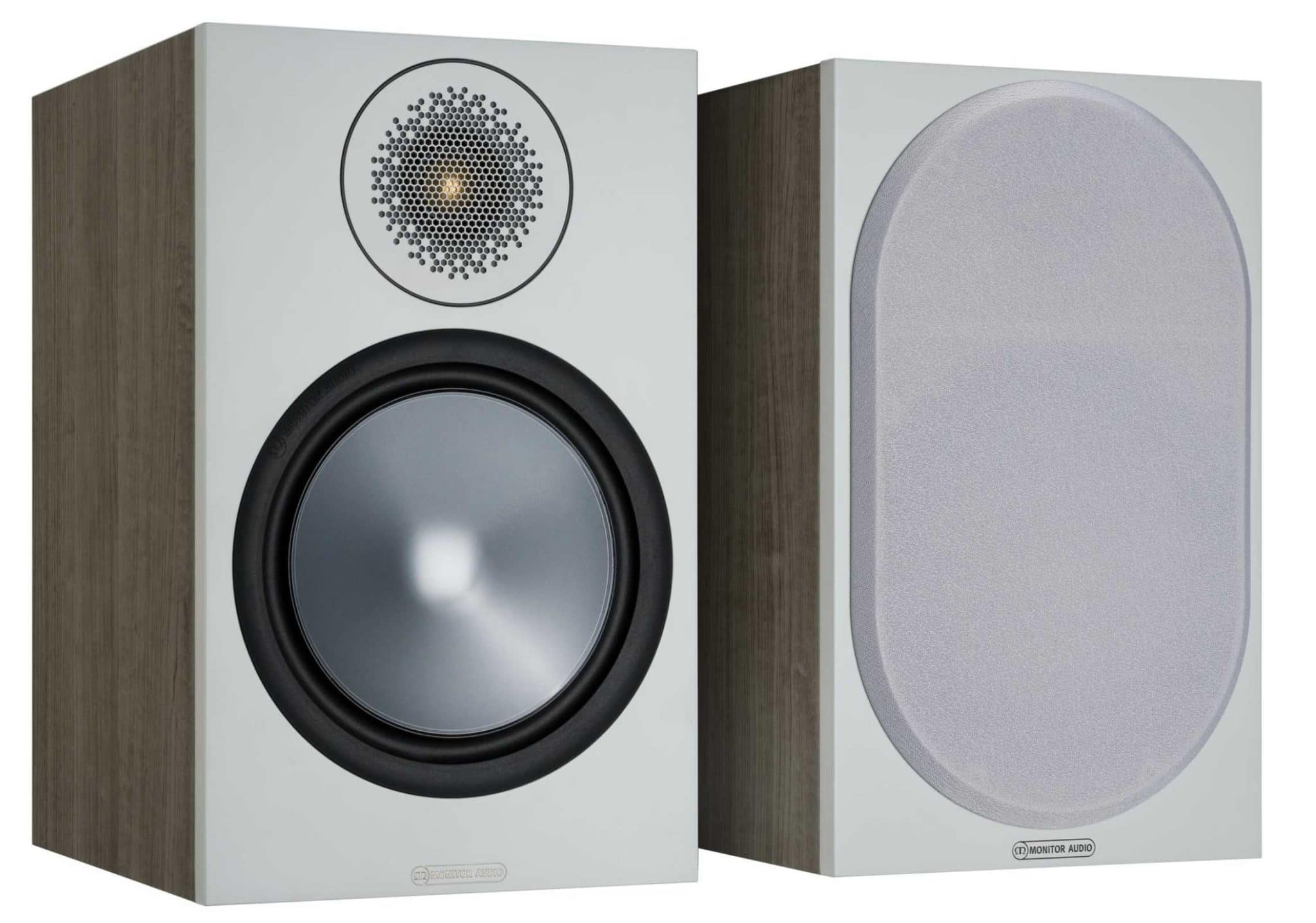
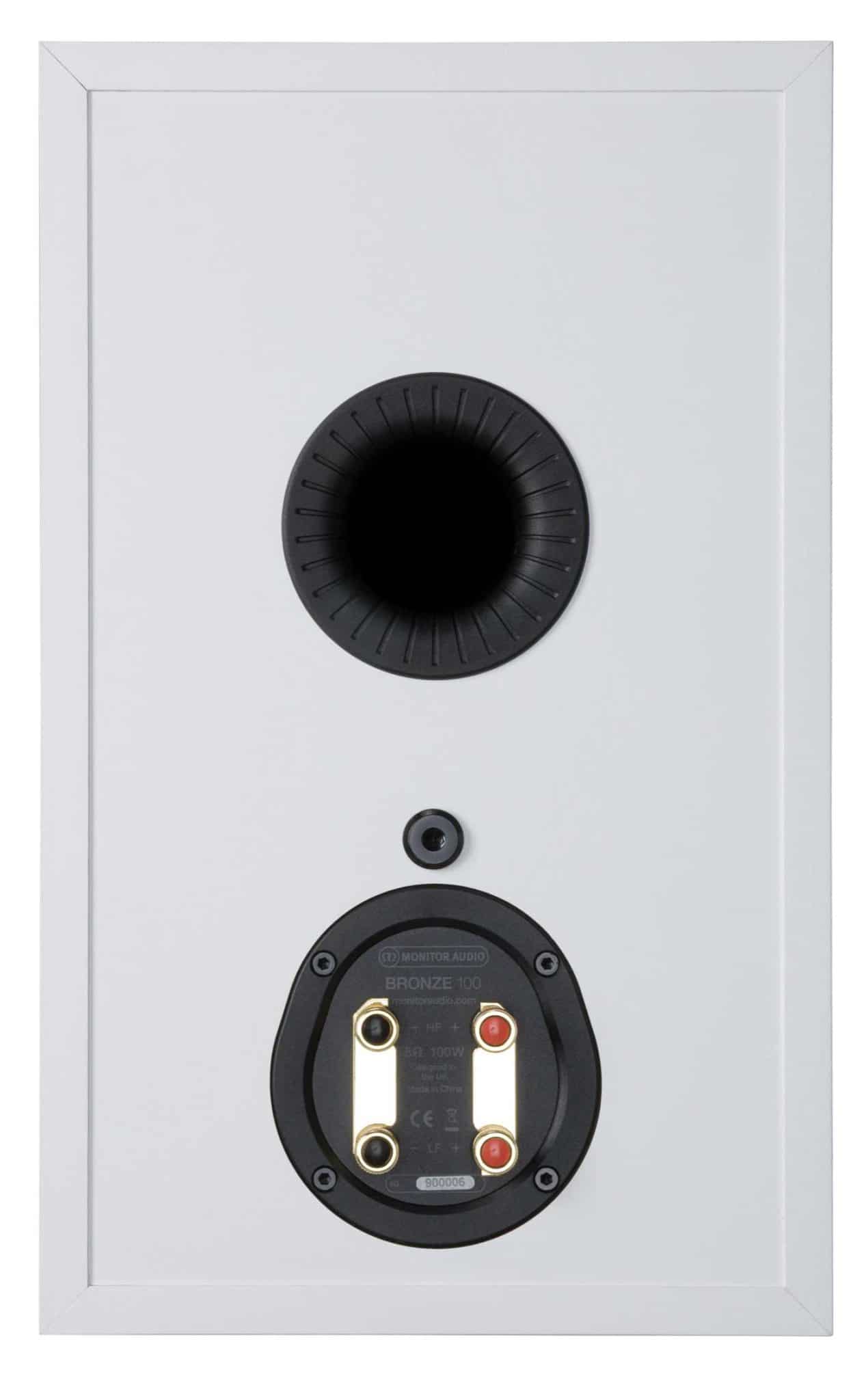
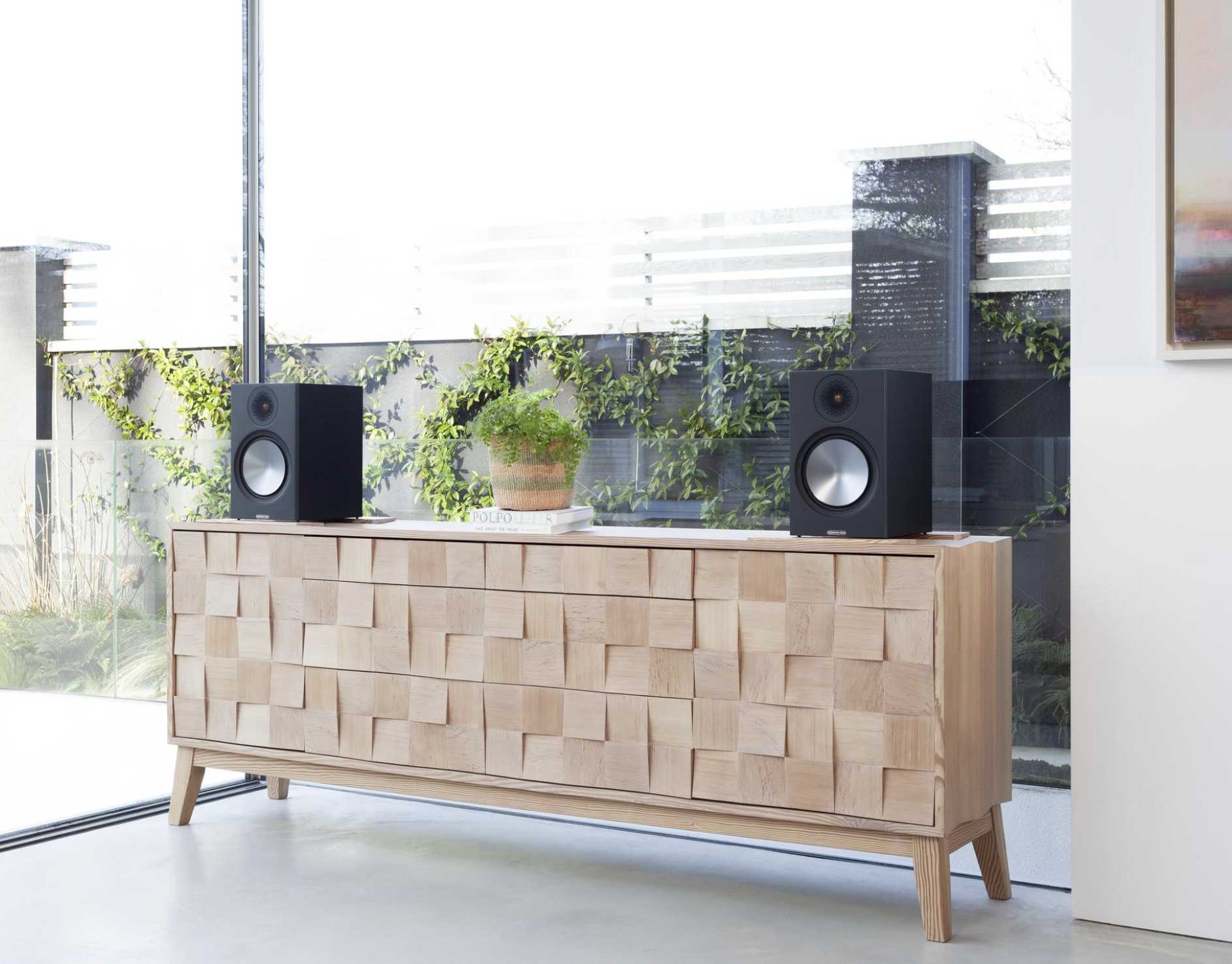
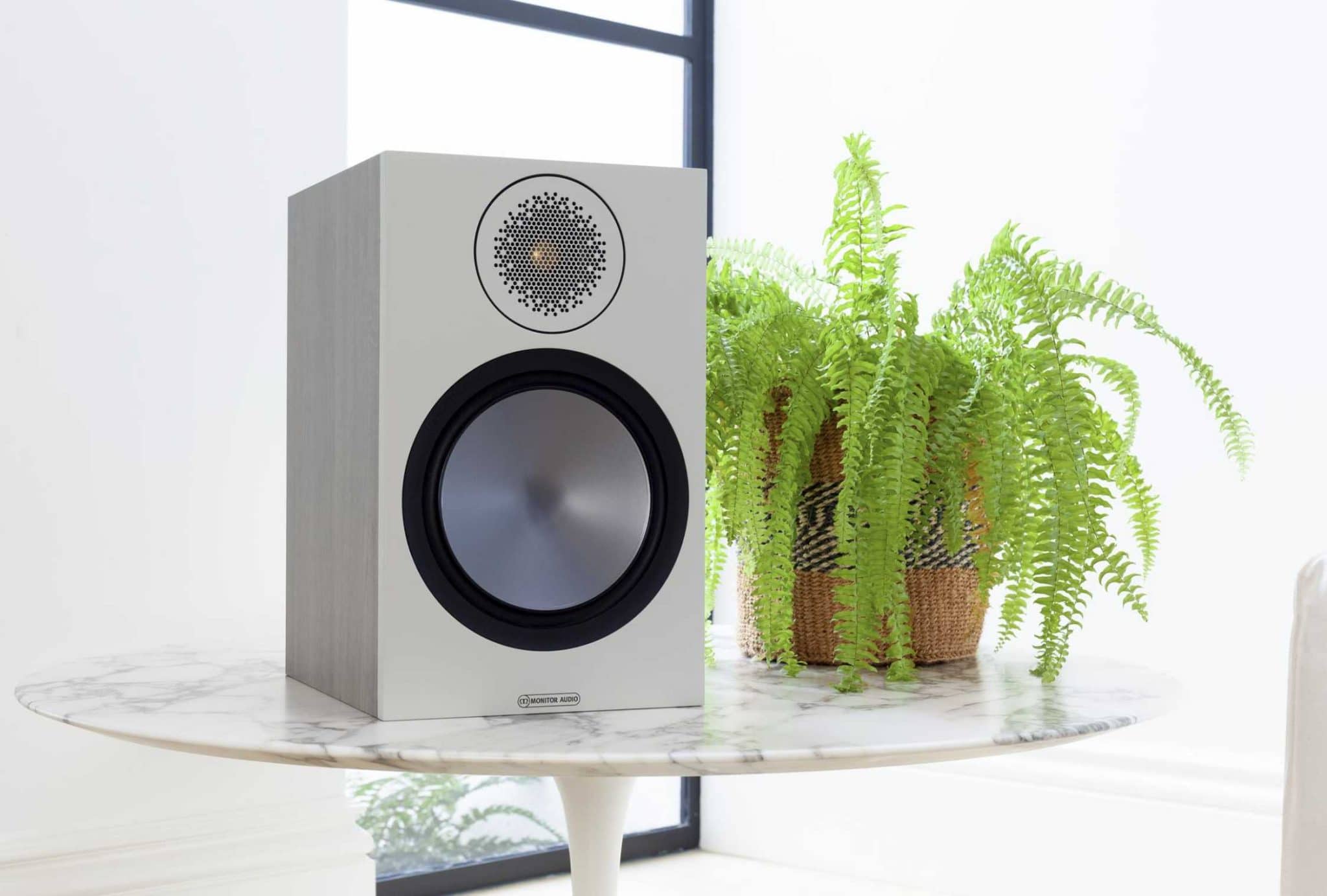

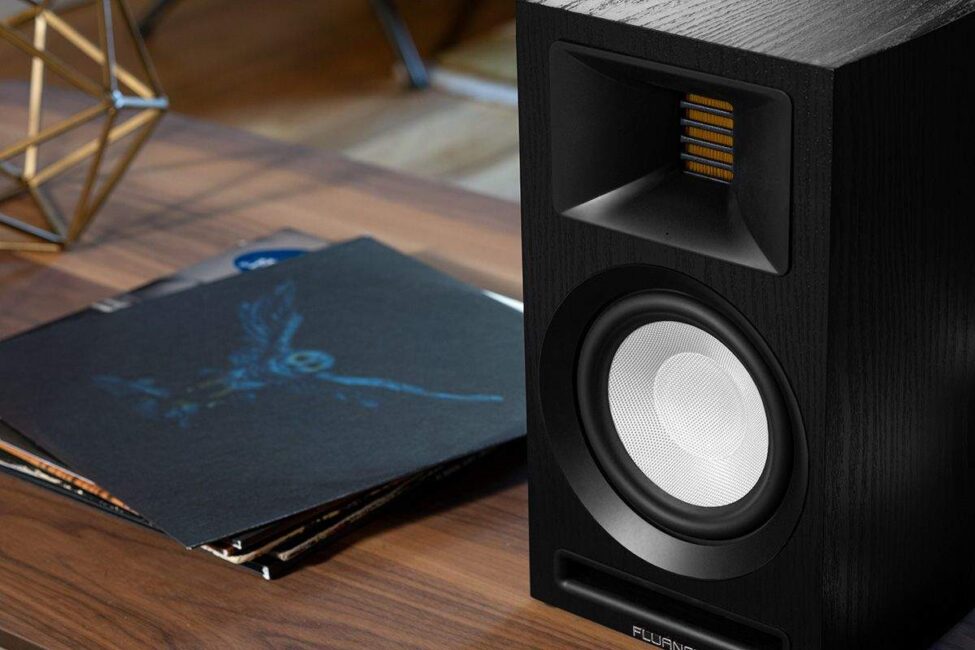

Enjoy this website and this speaker review post! Great to see a reference to Gryphon!
Curious if you think speakers are still an improving technology. I purchased a pair of ACI tower speakers about 20 years ago, and very happy with them. Moving, and as they are very heavy, not sure whether to look for a new pair of speakers if speaker technology is any better, or stay with these since I do like the sound.
Do you find that the speakers in a given price range are better than speakers in the same price range of 20 years ago?
Many thanks, Gary. Generally, yes I would say speaker quality is on the up because competition is tighter and expectations are rising. Sure, you can still find duds out there but that’s why I’m still in a job 🙂
Paul, you’re a very competent analyzer of speaker features. However, I’ll give complete credence to your article only if you’ll audition these speakers with large orchestral works. For, only than one can really judge the sound stage, harmonic structural issues and instrument separation. I have very mediocre speakers on which, say, the Seasons sound terrific. But when I want to listen to something such as Scriabin’s Poem of Ecstasy or his Third Symphony, The Rite of Springs, or Schoenberg’s Peleas, or even Symphony Fantastique, everything gets muddy especially in the middle and the upper harmonics harsh (less then mediocre tweeters). Female speech looses clarity on the lower mids (Home Theater) and background effects become ratchety. Of course. I am correcting, nay, trying to correct, all of these via equalizers, but it’s extremely difficult. So, do these speakers reproduce the above better than average, or they’ll give me some of the same headaches as my mediocre speakers? Thanks, John.
I am using the bronze 100 for my home theatre 5.2. They are the back sound. I use polk audio tsi300 for main. What do you think?
Hi Luke – not sure I can be of too much help because I’m not familiar with the sound of those particular Polk speakers. Thus far, my experience with Polk speakers (in a *2 channel* setup) is that they have yet to really excite me. They’re fine. They offer decent value. They’re competent but I almost always find a comparative speaker type that does the job better.
That’s only based on my current experience, I have to repeat. And 2-channel, as I say.
Maybe my next Polk review will change my mind, of course. Things change 🙂
Saying that, for an *AV set up*, the Polk should provide plenty of impact, highlighted mids and a clean soundstage. I actually wonder if the Polks are better suited to AV use. The Bronze’s should do a good job back there. So, in a roundabout way, I’m saying that your system looks pretty decent 🙂
As surround will 50s be enough (paired with 500s) or add cash to 100s?
Honestly, you only have to send a question to one outlet, Konrad. Not every social media platform, YouTube channel, website and more. I swear, when I woke up this morning. I saw your question scrawled on my bedroom wall. Answer is short – if you have the budget? 100s. If not. 50s.
I saw a lot of unanswered questions on YouTube under review of MA Bornze 100 so dig deeper, then I found this website – so I decided to post the question here as well. I didn’t send the question anywhere else (especially on your bedroom wall) so I’m very sorry if it disturbed your peace of mind…
Back to the topic and adding some background to it.
Surround speakers will be quite close (about 1.5 meters to listener. Also place for them is better for smaller speakers from an aesthetic point of view. Also bigger speakers needs often “more air” to play. Hence my doubts… Budget is not a problem (when purchasing the entire Bronze series set (5.2.2). I don’t want to lose quality but also be overwhelmed by an unnecessarily larger speaker.
OK, three places, a PM here, a comment here and a comment on YouTube. And I must take a picture of of bedroom wall to show you…
This is the first I’m hearing of the layout of your room. I personally wouldn’t want speakers squawking into my ear, I have to say. Any speakers. Large or small. Rather than be a slave to the set up but if you’re desperate for surround, then maybe a pseudo surround option might be preferable. Me? In a small room? I’d stick with a stereo AV setup and maximise the sound from that.
Hi Paul,
Thanks for your detailed review! I’m considering these speakers for progressive and symphonic metal. I listen to bands like Ayreon, Dream Theater, Soen, and Epica, which have very dynamic compositions with intricate details.
In these genres, there’s often a lot happening at once—complex drum patterns, layered guitar riffs, powerful vocals, and symphonic elements like strings, choirs, and keyboards. A clear and well-defined midrange is crucial for these types of music, as it helps ensure that the vocals and intricate instrumental layers come through clearly and don’t get lost in the mix.
I’ve read that the Monitor Audio Bronze 100 speakers have a recessed midrange, and I’m concerned about how this might affect the clarity of vocals and instrumental separation in these types of genres. Do you think they’ll be suitable for this kind of music, or would the recessed midrange hinder the listening experience?
At the moment, the only option I have is these speakers, so I’m trying to get the best sound possible out of them. If the recessed midrange is indeed an issue, do you think using an EQ on my laptop to adjust the frequency response and pairing them via Bluetooth to a Fosi Audio BT20A Pro amp would help to balance the sound and improve the midrange clarity?
Thanks in advance for your insights!
Hi Ali – did you read my review? If so, then you will know my opinions on the mids and how it performs compared to selected, competing designs. I wouldn’t recommend tweaking the sound with an EQ. Ever. If you’re not happy with the sound, then you should really buy something else. Tweaking with EQ is an admission that you’ve bought the wrong kit, in the first place. Is your laptop/Fosi you principle source, incidentally? Is the mobile nature of the source (i.e. the laptop design) important to you?
Hi Paul,
Just to clarify, I ordered the Fosi amp from Amazon through a third-party service because Amazon is not active in my country due to sanctions, and we don’t have many options available. I had to buy it after seeing all the great reviews about it.
The speakers I’m considering are Monitor Audio models, as they fit my budget and are available in my country.
Unfortunately, in the country where I live, we’re stuck with whatever we buy since we don’t have the option to return items simply because we don’t like them.
That’s why I’m trying to gather as much information as possible to ensure they’re suitable for my needs.
I’ve already tried the JBL Bar 1300, but I wasn’t entirely satisfied with its performance for progressive and symphonic metal. It’s a fantastic system for movies, but it seems more tailored to that purpose rather than music in these genres.
As for your question, yes, my laptop is currently my main source, and portability is somewhat important for now.
Do you think the midrange clarity can be improved by EQing, or would that end up ruining the overall sound balance?
I’m hopeful these speakers can still provide a decent listening experience for progressive and symphonic metal, even without EQ adjustments.
Thanks again for taking the time to respond!
Hi Ali – well, I have given my opinion of the Mids in the review and my opinion of EQs in the last message. My concern is the cost of the speakers re. the quality of your sources. They’re fine and useful and offer plenty of choice and variation but computers are limited in sound quality terms and the Fosi is…fine. Spending the equivalent of £500 on these speakers is overkill though. You won’t hear the best from them with your set up. You need a good quality HiFi to do that. You’re wasting money. Why not go for lower cost yet still high quality designs instead? I’m thinking Q Acoustic 3020i, for example, priced at around £170 or the older 3020 at around £139? Make sure you get decent cabling too. QED cabling from Amazon will be fine.
Happy New Year! Wishing you a great 2025 filled with success, good vibes, and of course, amazing music!
Thanks for your response! I totally understand your point about the speakers being overkill for my setup. However, here’s an interesting twist: the Q Acoustics speakers you suggested, if I order them from Amazon, will end up costing the same as the Monitor Audio Bronze 100, which is actually available in my country. So, I feel it makes more sense to go for the Bronze 100 since they might offer more flexibility for upgrades in the future.
I also wanted to ask about the Fosi amp. Do you think it’s not powerful enough to fully drive the Bronze 100 and reveal their full potential? I know my setup isn’t perfect, but it’s what my budget allows right now, and I’m hoping it can still deliver a decent experience.
Looking forward to hearing your thoughts!
Cheers,
Ali
Yes I keep forgetting your special circumstance. That’s fine. You also have a budget, which is another thing. Just remember that sound quality comes firstly from the source – in your case the laptop, not the Fosi. That’s where the data is derived. The Fosi only processes it. So always try to grab the best sound quality source you can, within your own limitations and requirements of course. But I will leave you alone to enjoy your music now. Thanks for the question.
Thank you for all your advice and insight; it’s been really helpful. I’ve learned a lot from our conversation, and I’ll focus on getting the most out of my setup with the tips you’ve shared. I really appreciate you taking the time!